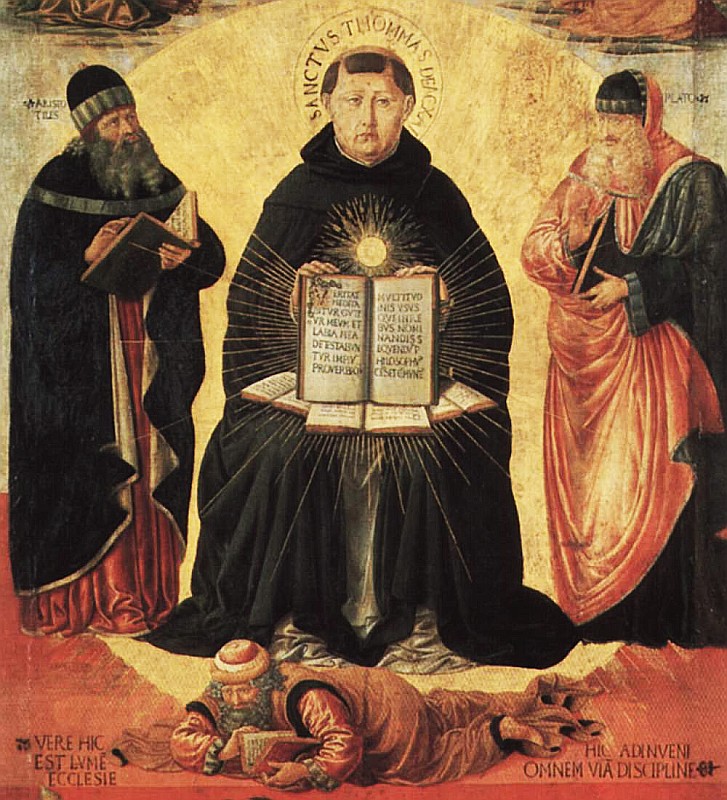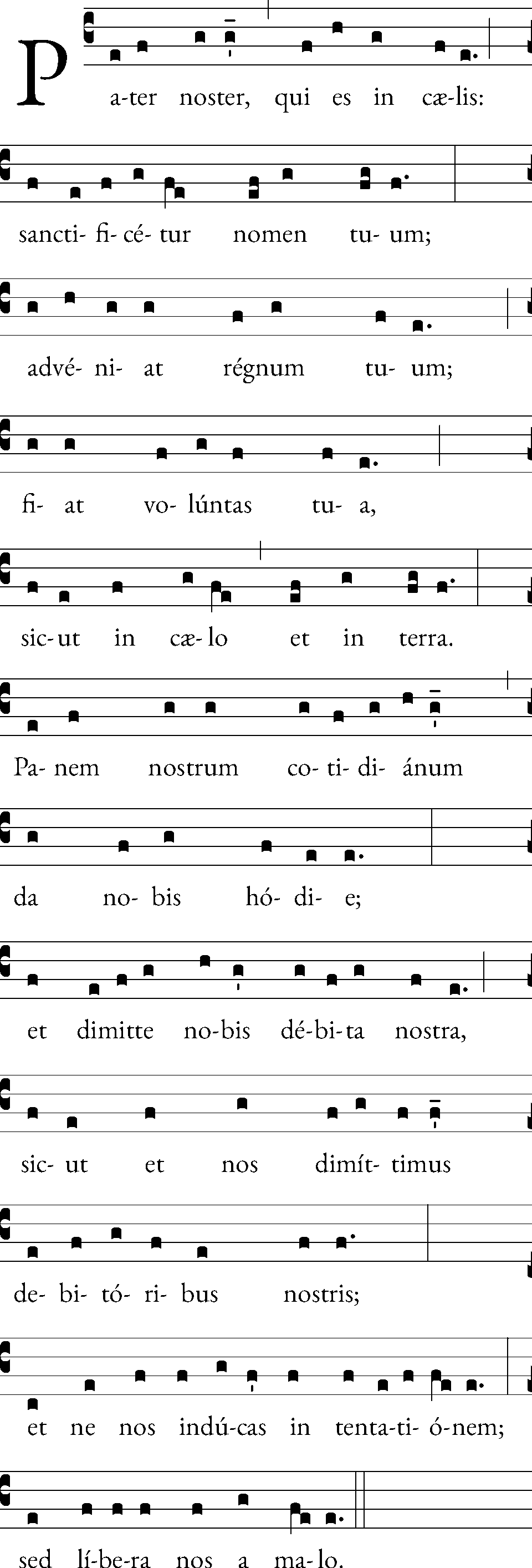|
Charles Henry Allan Bennett
Charles Henry Allan Bennett (8 December 1872 – 9 March 1923) was an English Buddhist and former member of the Hermetic Order of the Golden Dawn. He was an early friend and influential teacher of occultist Aleister Crowley. Bennett received the name Bhikkhu Ananda Metteyya at his ordination as a Buddhist monk and spent years studying and practising Buddhism in the East. He was the second Englishman to be ordained as a Buddhist monk (Bhikkhu) of the Theravāda tradition and was instrumental in introducing Buddhism in England. He established the first Buddhist Mission in the United Kingdom and sought to spread the light of Dhamma to the West. Co-founder of international Buddhist organisations and publications, he was an influential Buddhist advocate of the early 20th century. Early life Allan Bennett was born in London on 8 December 1872, his full name at birth was Charles Henry Allan Bennett. His only sister, Charlotte Louise was born in Brighton about a year before. His chil ... [...More Info...] [...Related Items...] OR: [Wikipedia] [Google] [Baidu] |
London
London is the capital and largest city of England and the United Kingdom, with a population of just under 9 million. It stands on the River Thames in south-east England at the head of a estuary down to the North Sea, and has been a major settlement for two millennia. The City of London, its ancient core and financial centre, was founded by the Romans as '' Londinium'' and retains its medieval boundaries.See also: Independent city § National capitals The City of Westminster, to the west of the City of London, has for centuries hosted the national government and parliament. Since the 19th century, the name "London" has also referred to the metropolis around this core, historically split between the counties of Middlesex, Essex, Surrey, Kent, and Hertfordshire, which largely comprises Greater London, governed by the Greater London Authority.The Greater London Authority consists of the Mayor of London and the London Assembly. The London Mayor is distinguished fr ... [...More Info...] [...Related Items...] OR: [Wikipedia] [Google] [Baidu] |
Timeline Of Buddhism
The purpose of this timeline is to give a detailed account of Buddhism from the birth of Gautama Buddha to the present. Timeline Dates 6th–5th century BCE 4th century BCE 3rd century BCE 2nd century BCE 1st century BCE 1st century 2nd century 3rd century 4th century 5th century 6th century 7th century 8th century 9th century 10th century 11th century 12th century 13th century 14th century 15th century 16th century 17th century 18th century 19th century 20th century 21st century See also * History of Buddhism * History of Hinduism * Ordination of women in Buddhism * Silk Road transmission of Buddhism * Timeline of Jainism * Timeline of Zen Buddhism in the United States References Sources Printed sources * * * * * * Web-sources External links Theravada Buddhist Chronology* Asakawa, K and Lodge, Henry Cabot (Ed.). ''Japan From the Japanese Government History''. (In Progress at Project Gutenberg) Buddhist Bark Tex ... [...More Info...] [...Related Items...] OR: [Wikipedia] [Google] [Baidu] |
Obstetrics
Obstetrics is the field of study concentrated on pregnancy, childbirth and the postpartum period. As a medical specialty, obstetrics is combined with gynecology under the discipline known as obstetrics and gynecology (OB/GYN), which is a surgical field. Main areas Prenatal care Prenatal care is important in screening for various complications of pregnancy. This includes routine office visits with physical exams and routine lab tests along with telehealth care for women with low-risk pregnancies: Image:Ultrasound_image_of_a_fetus.jpg, 3D ultrasound of fetus (about 14 weeks gestational age) Image:Sucking his thumb and waving.jpg, Fetus at 17 weeks Image:3dultrasound 20 weeks.jpg, Fetus at 20 weeks First trimester Routine tests in the first trimester of pregnancy generally include: * Complete blood count * Blood type ** Rh-negative antenatal patients should receive RhoGAM at 28 weeks to prevent Rh disease. * Indirect Coombs test (AGT) to assess risk of hemolytic dis ... [...More Info...] [...Related Items...] OR: [Wikipedia] [Google] [Baidu] |
Angels
In various theistic religious traditions an angel is a supernatural spiritual being who serves God. Abrahamic religions often depict angels as benevolent celestial intermediaries between God (or Heaven) and humanity. Other roles include protectors and guides for humans, and servants of God. Abrahamic religions describe angelic hierarchies, which vary by religion and sect. Some angels have specific names (such as Gabriel or Michael) or titles (such as seraph or archangel). Those expelled from Heaven are called fallen angels, distinct from the heavenly host. Angels in art are usually shaped like humans of extraordinary beauty. They are often identified in Christian artwork with bird wings, halos, and divine light. Etymology The word ''angel'' arrives in modern English from Old English ''engel'' (with a hard ''g'') and the Old French ''angele''. Both of these derive from Late Latin ''angelus'', which in turn was borrowed from Late Greek ''angelos'' (literally "messenge ... [...More Info...] [...Related Items...] OR: [Wikipedia] [Google] [Baidu] |
Disgusted
Disgust (Middle French: ''desgouster'', from Latin ''gustus'', "taste") is an emotional response of rejection or revulsion to something potentially contagious or something considered offensive, distasteful, or unpleasant. In ''The Expression of the Emotions in Man and Animals'', Charles Darwin wrote that disgust is a sensation that refers to something revolting. Disgust is experienced primarily in relation to the sense of taste (either perceived or imagined), and secondarily to anything which causes a similar feeling by sense of smell, touch, or vision. Musically sensitive people may even be disgusted by the cacophony of inharmonious sounds. Research has continually proven a relationship between disgust and anxiety disorders such as arachnophobia, blood-injection-injury type phobias, and contamination fear related obsessive–compulsive disorder (also known as OCD). Disgust is one of the basic emotions of Robert Plutchik's theory of emotions, and has been studied extensively b ... [...More Info...] [...Related Items...] OR: [Wikipedia] [Google] [Baidu] |
Mara (demon)
Mara ( sa, मार, '; si, මාරයා; or ; ja, 魔羅, Mara; also マーラ, ''Māra'' or 天魔, ''Tenma''; Tibetan Wylie: ''bdud''; km, មារ; my, မာရ်နတ်; th, มาร, Vietnamese: ma rà), in Buddhism, is a malignant celestial king who tempted Prince Siddhartha (Gautama Buddha) by trying to seduce him with the vision of beautiful women who, in various legends, are often said to be Mara's daughters. In Buddhist cosmology, Mara is associated with death, rebirth and desire. Nyanaponika Thera has described Mara as "the personification of the forces antagonistic to enlightenment." Etymology The word ''Māra'' comes from the Sanskrit form of the verbal root ''mṛ''. It takes a present indicative form ''mṛyate'' and a causative form ''mārayati'' (with strengthening of the root vowel from ṛ to ār). ''Māra'' is a verbal noun from the causative root and means 'causing death' or 'killing'. It is related to other words for death from the same ... [...More Info...] [...Related Items...] OR: [Wikipedia] [Google] [Baidu] |
Devil
A devil is the personification of evil as it is conceived in various cultures and religious traditions. It is seen as the objectification of a hostile and destructive force. Jeffrey Burton Russell states that the different conceptions of the devil can be summed up as 1) a principle of evil independent from God, 2) an aspect of God, 3) a created being turning evil (a ''fallen angel''), and 4) a symbol of human evil. Each tradition, culture, and religion with a devil in its mythos offers a different lens on manifestations of evil.Jeffrey Burton Russell, ''The Devil: Perceptions of Evil from Antiquity to Primitive Christianity'', Cornell University Press 1987 , pp. 41–75 The history of these perspectives intertwines with theology, mythology, psychiatry, art, and literature developing independently within each of the traditions. It occurs historically in many contexts and cultures, and is given many different names— Satan, Lucifer, Beelzebub, Mephistopheles, Iblis—and at ... [...More Info...] [...Related Items...] OR: [Wikipedia] [Google] [Baidu] |
Lord's Prayer
The Lord's Prayer, also called the Our Father or Pater Noster, is a central Christian prayer which Jesus taught as the way to pray. Two versions of this prayer are recorded in the gospels: a longer form within the Sermon on the Mount in the Gospel of Matthew, and a shorter form in the Gospel of Luke when "one of his disciples said to him, 'Lord, teach us to pray, as John the Baptist, John taught his disciples. Regarding the presence of the two versions, some have suggested that both were original, the Matthean version spoken by Jesus early in his ministry in Galilee, and the Lucan version one year later, "very likely in Judea". The first three of the seven petitions in Matthew address God; the other four are related to human needs and concerns. Matthew's account alone includes the "Your will be done" and the "Rescue us from the evil one" (or "Deliver us from evil") petitions. Both original Greek language, Greek texts contain the adjective ''epiousios'', which does not appear in a ... [...More Info...] [...Related Items...] OR: [Wikipedia] [Google] [Baidu] |
Superstitious
A superstition is any belief or practice considered by non-practitioners to be irrational or supernatural, attributed to fate or magic, perceived supernatural influence, or fear of that which is unknown. It is commonly applied to beliefs and practices surrounding luck, amulets, astrology, fortune telling, spirits, and certain paranormal entities, particularly the belief that future events can be foretold by specific (apparently) unrelated prior events. Also, the word ''superstition'' is often used to refer to a religion not practiced by the majority of a given society regardless of whether the prevailing religion contains alleged superstitions or to all religions by the antireligious. Contemporary use Definitions of the term vary, but commonly describe superstitions as irrational beliefs at odds with scientific knowledge of the world. Stuart Vyse proposes that a superstition's "presumed mechanism of action is inconsistent with our understanding of the physical world", with Ja ... [...More Info...] [...Related Items...] OR: [Wikipedia] [Google] [Baidu] |
Gossip
Gossip is idle talk or rumour, especially about the personal or private affairs of others; the act is also known as dishing or tattling. Gossip is a topic of research in evolutionary psychology, which has found gossip to be an important means for people to monitor cooperative reputations and so maintain widespread indirect reciprocity. Indirect reciprocity is a social interaction in which one actor helps another and is then benefited by a third party. Gossip has also been identified by Robin Dunbar, an evolutionary biologist, as aiding social bonding in large groups. Etymology The word is from Old English ''godsibb'', from ''god'' and ''sibb'', the term for the godparents of one's child or the parents of one's godchild, generally very close friends. In the 16th century, the word assumed the meaning of a person, mostly a woman, one who delights in idle talk, a newsmonger, a tattler. In the early 19th century, the term was extended from the talker to the conversation of such pe ... [...More Info...] [...Related Items...] OR: [Wikipedia] [Google] [Baidu] |
Buddhist Cosmology
Buddhist cosmology describes the planes and realms in which beings can be reborn. The spatial cosmology consists of a vertical cosmology, the various planes of beings, into which beings are reborn due to their merits and development; and a horizontal cosmology, the distribution of these world-systems into an "apparently" infinite sheet of "worlds." The temporal cosmology describes the timespan of the creation and dissolvement of universes in aeons. Buddhist cosmology is also intwined with the belief of karma, and explains that the world around us is the product of past actions. As a result, some ages are filled with prosperity and peace due to common goodness, whereas other eras are filled with suffering, dishonesty and short lifespans. Meaning and origin Course of rebirth and liberation The Buddhist cosmology is not a literal description of the shape of the universe; rather, it is the universe as seen through the (Pāli: dibbacakkhu दिब्बचक्खु), the "div ... [...More Info...] [...Related Items...] OR: [Wikipedia] [Google] [Baidu] |






_-_WGA03627.jpg)
